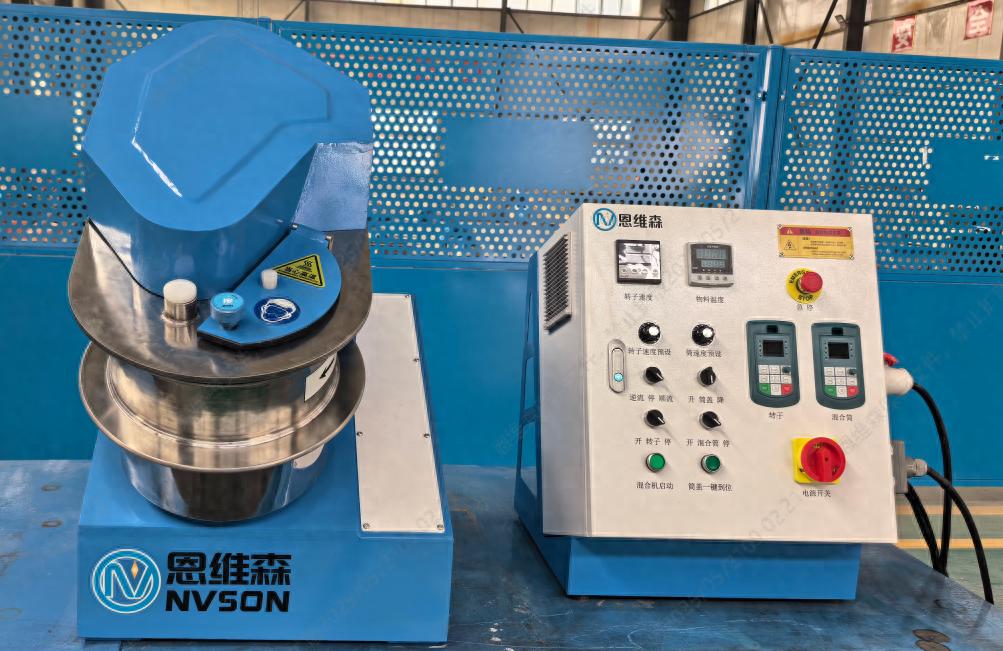In today's highly competitive industrial production, selecting an inclined mixing granulator that fits your specific production needs is crucial. The following key factors will help you make an informed decision.
Production Scale and Output Requirements
First, consider your production scale. For small-scale production or experimental purposes, an inclined mixing granulator with a smaller processing capacity and compact footprint is sufficient. This not only meets production needs but also reduces equipment procurement and site usage costs. For enterprises engaged in large-scale continuous production, attention should be paid to the equipment's batch processing capacity and hourly output to ensure it can efficiently and stably supply the required quantity of products.
Adaptability to Material Properties
Different materials have distinct physical and chemical properties, which directly affect granulation results—such as particle size, moisture content, viscosity, and hardness. For highly viscous materials, choose equipment with reasonably designed stirring blades and strong dispersion and mixing capabilities to prevent material agglomeration and ensure uniform granulation. For materials with high hardness, the wear resistance of the equipment becomes a key consideration: wear-resistant linings and blades can extend the equipment's service life and reduce maintenance costs.
Particle Quality Standards
Clarifying your product's particle quality standards is critical. Different industries have vastly different requirements: the pharmaceutical industry, for example, imposes strict standards on particle size distribution, roundness, and purity; the fertilizer industry focuses more on particle strength and moisture content. When selecting equipment, thoroughly understand its granulation precision and control capabilities to ensure it can produce products that meet quality requirements. For instance, inclined mixing granulators with precise speed regulation and pressure control functions are better able to meet diverse particle quality needs.
Ease of Operation and Maintenance
Equipment that is easy to operate and maintain can reduce labor costs and downtime. An intelligent operation interface allows operators to get started quickly, reducing the risk of misoperation. A modular structural design facilitates equipment inspection and component replacement, shortening maintenance cycles. Additionally, the ease of cleaning the equipment should not be overlooked—especially in industries with high hygiene requirements, such as food and pharmaceuticals. Easy-to-clean equipment effectively avoids cross-contamination and ensures product quality and safety.
Energy Consumption and Operating Costs
In the long run, equipment energy consumption and operating costs significantly impact a company's economic efficiency. Prioritize low-energy-consuming inclined mixing granulators, as they not only meet environmental protection requirements but also reduce production costs. Furthermore, consider the equipment's reliability and stability: reliable equipment minimizes unplanned downtime, improves production efficiency, and reduces overall operating costs.
Choosing an inclined mixing granulator that suits your production needs requires a comprehensive assessment of factors such as production scale, material properties, particle quality standards, ease of operation and maintenance, and energy consumption. Only by doing so can you select high-quality equipment that truly helps your enterprise improve production efficiency and enhance market competitiveness.





